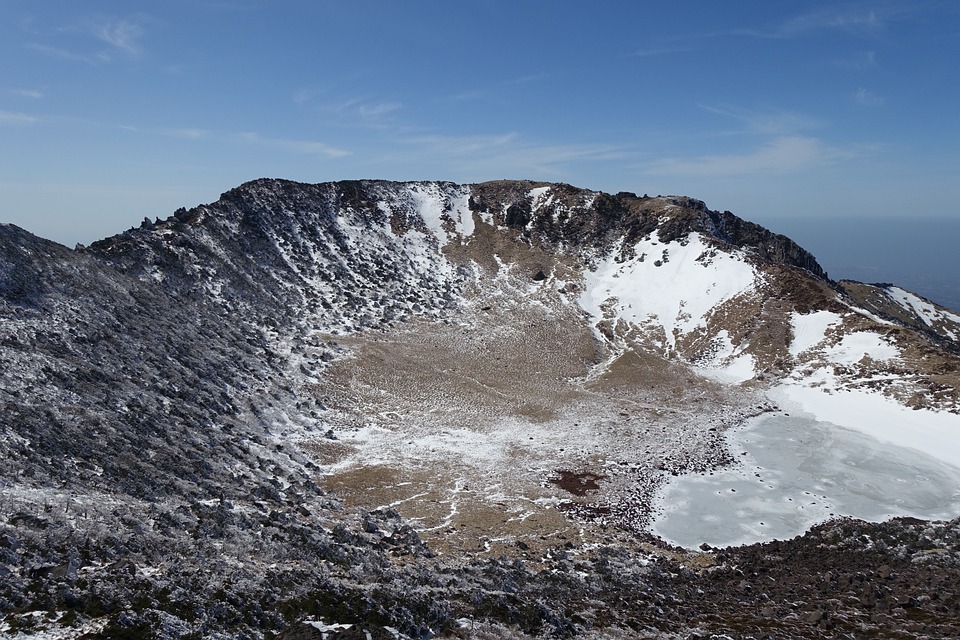The 6 most outstanding geographical objects of our planet
You do not need to be an ardent naturalist to appreciate all the riches of nature on our planet.
1.The highest point in the world
As you might have guessed, we are now talking about Everest, the highest point on the globe. The height of Mount Everest is 8,844 meters above sea level. This peak is on every decent adventurer's must-see list of places to conquer. First discovered in the 1850s, the mountain was named for Inspector General George Everest, who ironically never saw the peak. Despite the romanticism of the idea of conquering this peak, climbing Everest is a rather dangerous activity that has already claimed the lives of several people.
2.The lowest point on the globe
The lowest point on the globe is the Dead Sea, which is 434 meters below sea level. Moreover, over the past 40 years, it has sunk even lower (almost 25 meters). One of the most interesting phenomena of the Red Sea is the algae bloom, which causes the Red Sea to change its color in a single moment. This happened in 1980 and 1992.
3.The northernmost point of the planet

No, it is not the North Pole. From a globe-wide perspective, it would be the North Pole, but not from a land-based perspective, it is Kaffeklubben Island (Greenland), located in the Arctic Ocean. This island is 443.3 kilometers from the North Pole and was first discovered by Robert Peary (an explorer of the American Arctic) in 1900. It was named by Danish explorer Laughe Koch in 1921. As strange as it may sound, but Kaffeklubben means "Coffee Club" in Danish, today few can explain what exactly guided Laughe when he came up with such a name.
4.The southernmost point on the planet

This time it is really the South Pole, located in Antarctica. This place rises only 100 meters above sea level, although the ice cover here reaches a thickness of 2,700 meters. Interesting fact: at the South Pole you can witness sunrise and sunset only once a year, in September and March respectively.
5.The most remote island on the planet

Bouvet Island is one of the loneliest islands in the world. It is located in the southern Atlantic Ocean and is a territory of Norway. It is a completely volcanic island, and its central part is all covered by an ice crust. In fact, it is a huge extinct volcano. The island was first discovered by Jean-Baptiste Charles Bouvet de Lozier on January 1, 1739, and a little later was named after its discoverer. The island is uninhabited, with an area of 59 square kilometers and an elevation of 935 meters above sea level.
6.The largest island

The largest island in the world is Greenland. Its surface area is 2,166,086 square kilometers. Originally the island was under the control of Denmark, but since 1979 to the present day, it is a separate state with its own government and parliament. Because of the unfavorable conditions for life, the population of Greenland has only 57,000 people. Most of the island is covered by ice, which in some places up to 4 kilometers thick. And although the fishery resources here are already quite depleted, the melting of glaciers has come to the rescue of the locals, exposing easily accessible mineral resources and providing them with a new source of livelihood.


You must be logged in to post a comment.